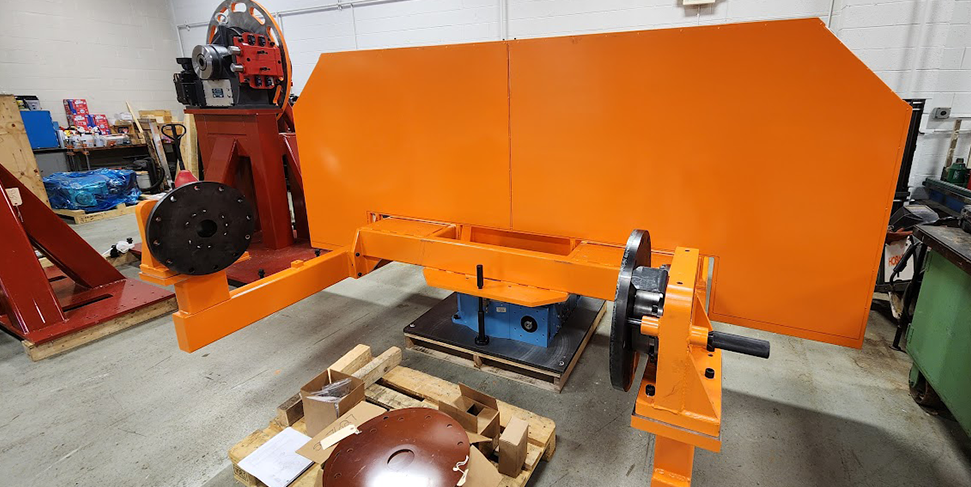
Lazerarc Blog
Benefits of Multi-Axis Robotic Positioners
The benefits of Multi-Axis Robotic Positioners by incorporating a central axis that rotates a two-axis system on each side, enhances the efficiency and functionality of robotic welding processes significantly. This setup allows one side to be inside the welding cell for robotic welding, while the other side is accessible to the operator for loading and unloading parts. This configuration offers numerous advantages:
Continuous Operation and Increased Throughput
Simultaneous Loading and Welding:
While the robot is welding a part on one side, an operator can load or unload parts on the opposite side. This simultaneous operation minimizes downtime, ensuring a continuous workflow and significantly increasing throughput.
Efficient Use of Time:
Welding positioners streamline the task of positioning the workpiece, saving time and reducing labor costs. They facilitate continuous welding, eliminating the need for frequent manual adjustments of the workpiece position. This leads to quicker job completion and heightened productivity. The central axis’s rotation ensures that the welding cell is always in use, either for welding or preparation, maximizing the efficiency of the welding process.
Enhanced Safety and Accessibility
Operator Safety:
With this setup, operators can load and unload parts without having to enter the welding cell, reducing the risk of exposure to welding hazards such as sparks, heat, and fumes.
Easy Access for Loading:
The design facilitates ergonomic loading and unloading by the operator, improving accessibility to the workpiece and reducing the physical strain associated with manual handling of parts.
Optimized Production Flow
Reduced Idle Times:
The ability to prepare the next part while the current one is being welded minimizes idle times for the robot, optimizing the production flow and reducing cycle times.
Streamlined Workflow:
This system creates a seamless workflow, from loading to welding to unloading, streamlining operations and reducing the need for manual intervention.
Improved Quality and Consistency
Consistent Welding Conditions:
By maintaining a continuous operation, the welding conditions can be kept more consistent, improving the quality of the welds. They promote the formation of uniform weld beads and the production of high-quality final products.
Reduced Risk of Contamination:
The separation of loading and welding areas minimizes the risk of contamination, which can lead to higher quality welds.
Flexible Production Capabilities
Versatility in Handling Different Part Sizes:
The dual two-axis robotic systems can be adapted to handle a wide range of part sizes and shapes, offering great flexibility in production.
Quick Adaptation to Different Tasks:
This system allows for quick changes between different welding tasks, accommodating short runs and varying part requirements with minimal downtime.
See how we can help you
